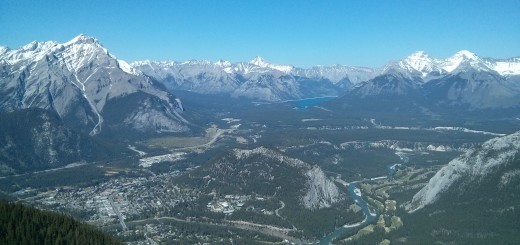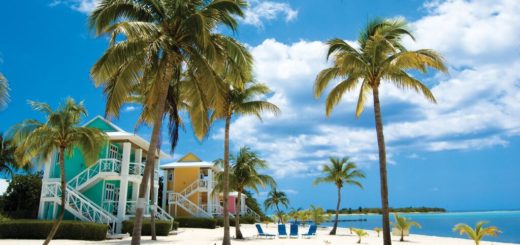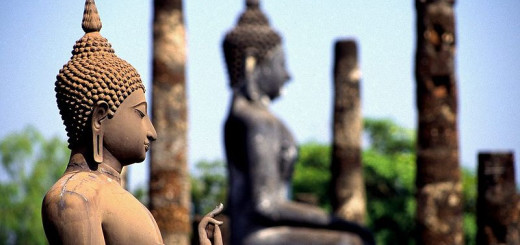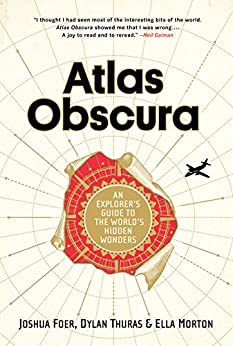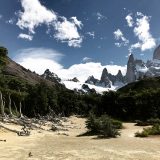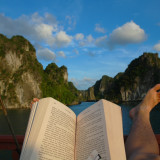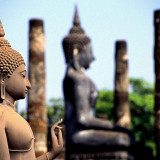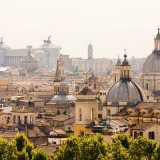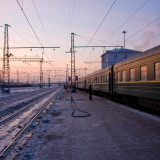Nepal Tea Houses Let You Experience Life Like a Local
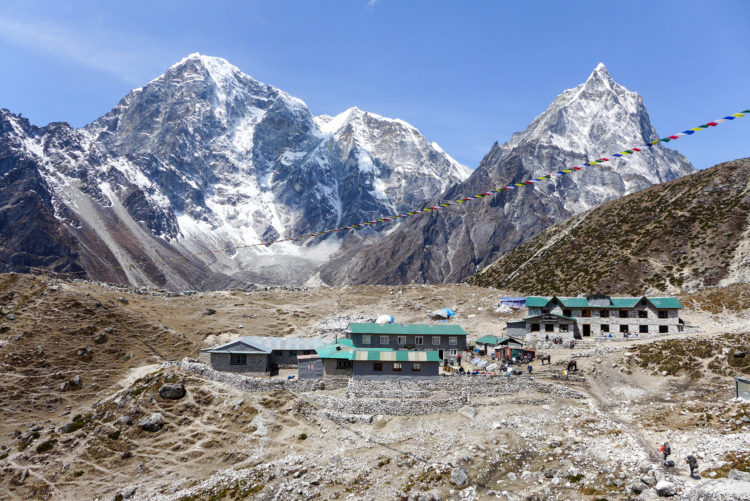
Tea house in the Khumbu Valley, Nepal
What exactly are Nepal tea houses? I asked myself this question as I trekked through the Khumbu Valley in Nepal. I quickly learned to look forward to visiting the tea houses along the route to the Base of Everest. So many people ask me about the tea. How is it? What’s it like? What was your favorite flavor? Now I tell people that it’s not so much about the tea as it is a window into Nepalese culture.
Almost all the tea houses in Nepal began as family-run ventures, providing food, lodging and of course tea, for the weary mountain trekker. Staying in these little mountain huts allows you to travel extremely lightly, a massive bonus if you are looking to cover long distances during the day or don’t fancy a lifetime of back ache brought on by that Everest-sized rucksack! Tea house trekking is becoming increasingly popular and it’s a wonderful way to meet the locals and learn about everyday life.
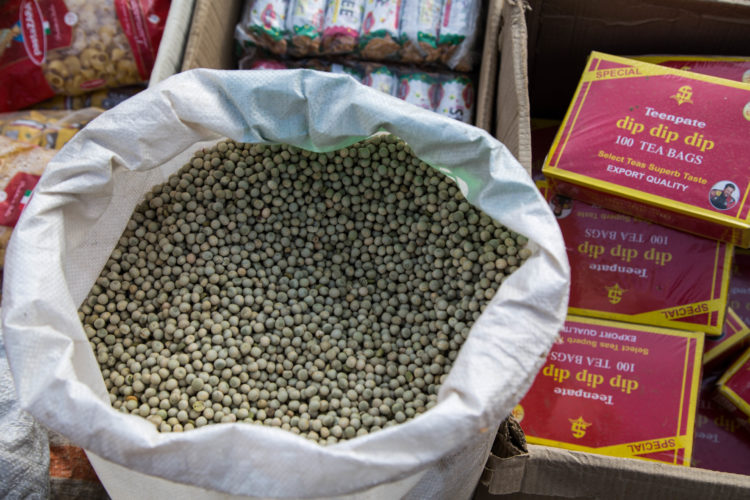
Nepal tea at a local market in Namche
One tea house experience stayed with me throughout my trek in the valley: Hotel Countryside in Dingboche. Run by Ang Norba, a 29-year-old woman with a 5 year old son, and her cook, Sapana Rai, who is 25. The food was fresh and all home made.
A favorite local food is the momo, a kind of dumpling which is a traditional delicacy in Nepal. Sapana Rai rolls the dough very thin, with the meat filling (usually water buffalo or chicken) placed in the center. The momo dough is then pressed around the filling and sealed into small moon-shaped pockets. Eating in Nepal is more than just about having a meal. Family, friends and relatives often gather to spend a joyful leisurely time together enjoying all the aromatic fresh flavors. We had some great laughs and conversations around momos throughout our tea house trek.
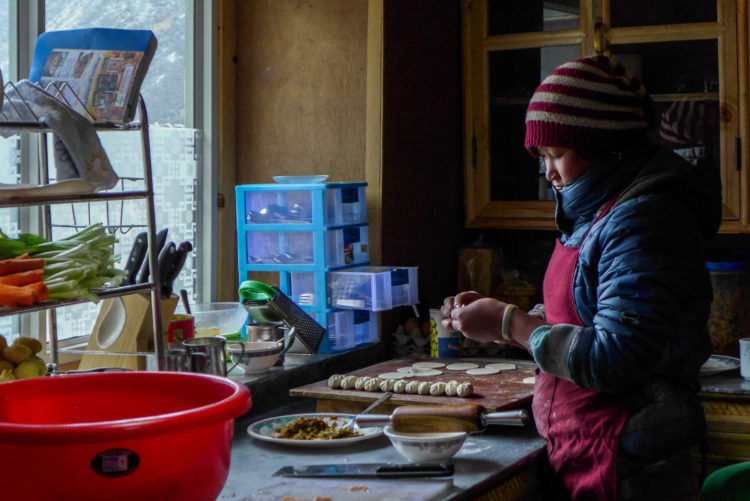
Nepal tea house. Sapana Rai making homemade momos.
Tea houses vary slightly from region to region, but most are simple stone and wood buildings or huts that have a kitchen, a communal eating hall and bathroom area, and a number of basic bedrooms that usually have two single beds and a table. There is often a pot belly stove in the middle of the main room where the Nepalese use yak dung to heat the space. These traditional establishments not only provide you with a convenient watering hole and a place to lay your head, but are also a great way to get to know the genuine hospitality of Nepalese culture.
To me it, the best part of tea house trekking was being greeted by the warm smile of a new friend, and a simple but kind offer to come inside for a rest, to get warm, and have a cup of tea (lemon tea was often the favorite).
Tea houses are also a place where you can meet and chat with other trekkers, play cards or share stories of your journey so far. In our ever-growing world of technology it was very refreshing to sit and actually talk without someone looking at a device of some sort.
For more stories about local life, follow us on Twitter.
If you’re interested in cultural immersion and photography workshop treks in the Annapurna mountain range from April 17-29, 2017, email Briana at photography@brianagallo.com.
Latest posts by Briana Gallo (see all)
- Nepal Tea Houses Let You Experience Life Like a Local - October 4, 2016
- What Life is Like for a Female Nepalese Sherpa at Mount Everest - August 23, 2016

